Janus - Urchin Trap
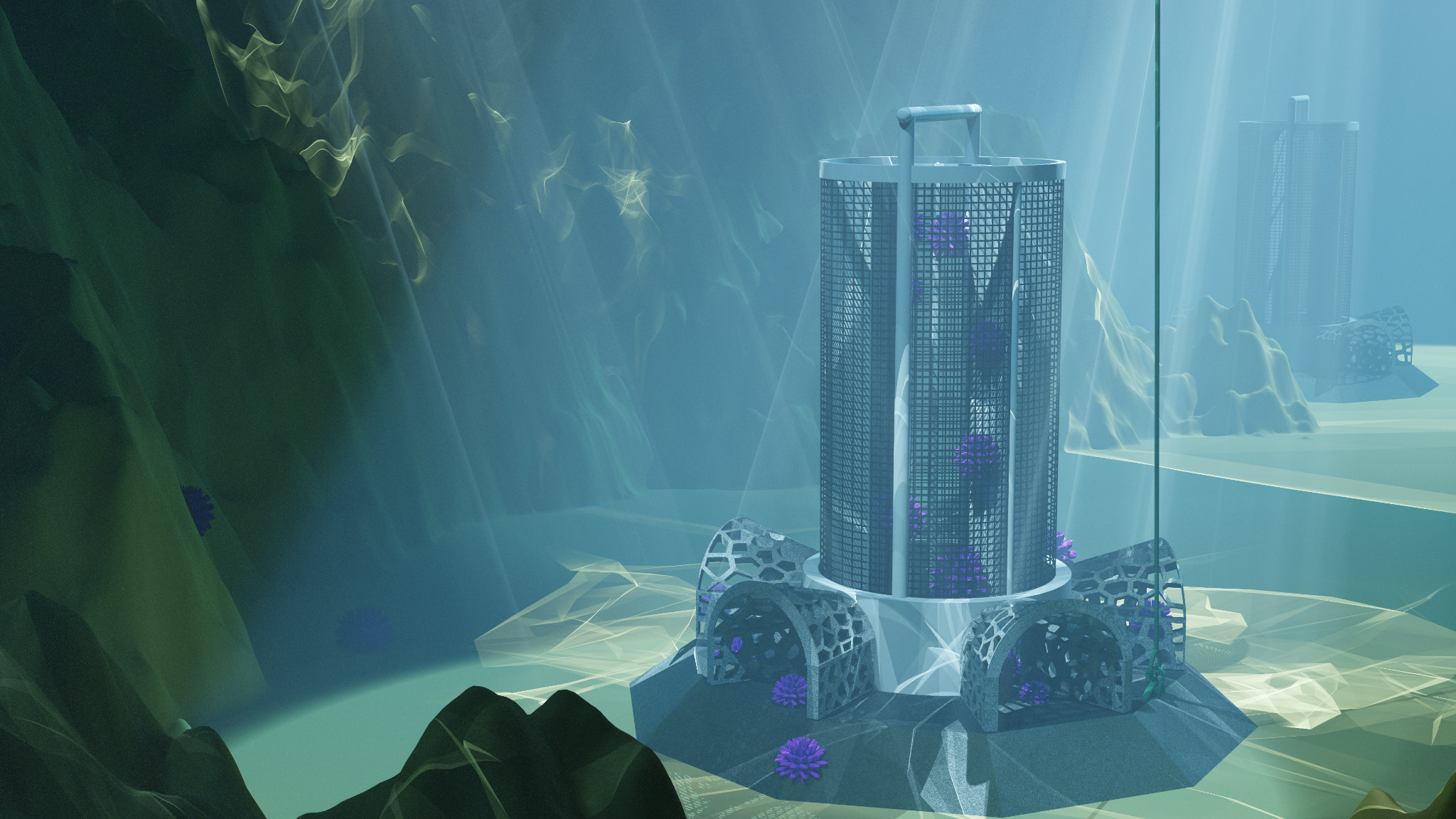
For Kelp Recovery
Our Group
Nayo Lancaster, Jared Oelschlaegel, Tasnim Saada,
Anshu Bhusal, Oussama Bouabsa

Our Group
Nayo Lancaster, Jared Oelschlaegel, Tasnim Saada,
Anshu Bhusal, Oussama Bouabsa
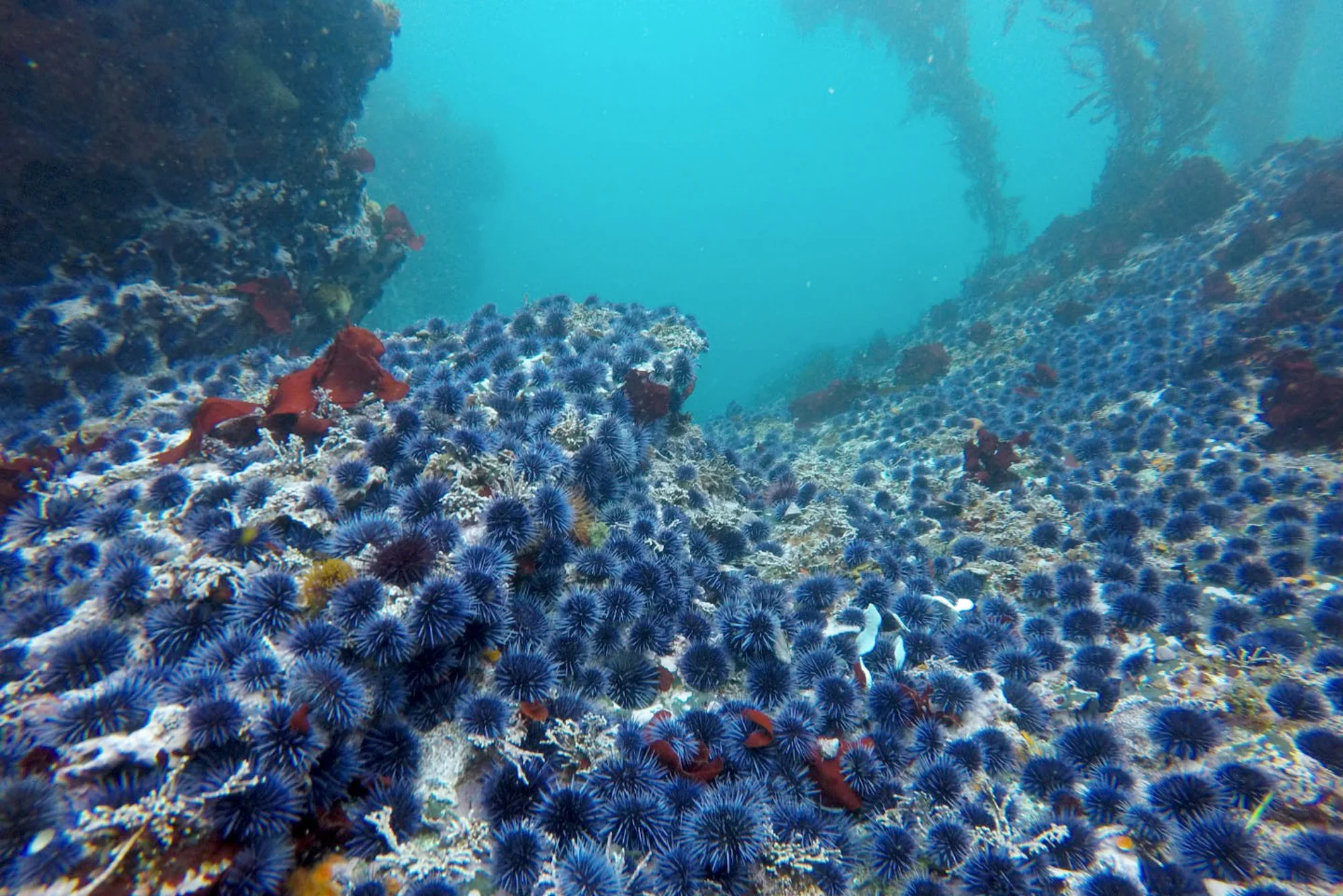
The overpopulation of purple sea urchins along the Mendocino coast is devastating Bull Kelp forests, greatly threatening marine ecosystems and local industries.
The greater Mendocino coastal community, including divers, artists, the food industry, and urchin ranchers. In the future, coastal communities across the globe, and the ocean ecosystem that relies on the Kelp forest.
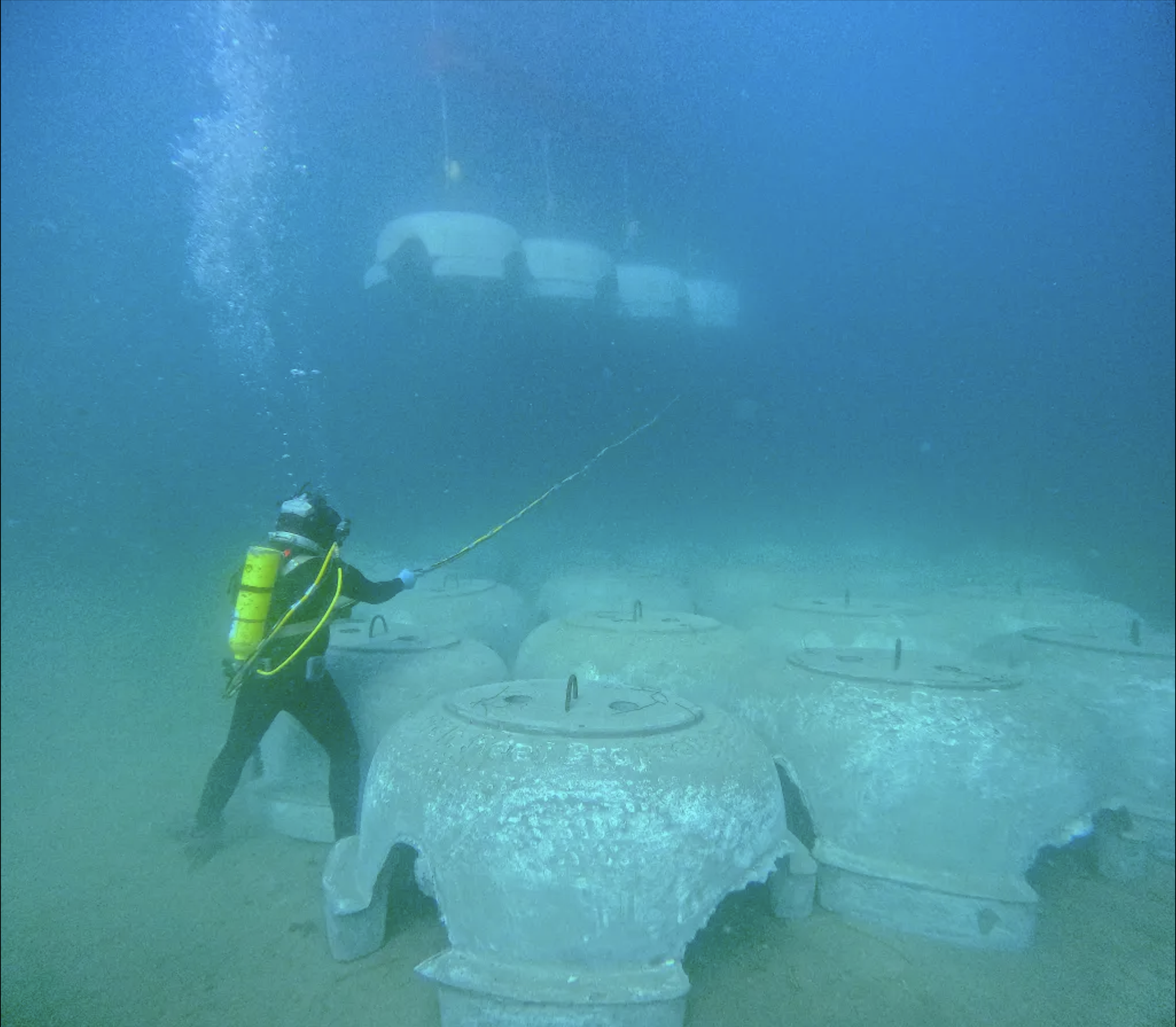
Our goal is to align our project and coordinate with the ongoing kelp Restoration efforts of the California Nature Conservancy. Kelp grows seasonally, and the Conservancy’s efforts coincide with the Bull Kelp’s natural cycle.

Researchers and divers working to restore kelp forests off the Mendocino coast face difficulty managing purple urchin overpopulation due to labor-intensive culling methods and unsafe dive conditions. These limitations prevent effective scaling of removal efforts. A safer, passive system is needed to reduce urchin pressure on young bull kelp while supporting long-term ecosystem recovery.

Current urchin culling methods rely on trained divers and are beholden to favorable weather conditions, hindering present restoration efforts.

There is currently a surplus of sea urchin shells collected through the Kelp Recovery Project. We aimed to explore alternate uses for this abundant material as a way to support a more circular and sustainable restoration process.
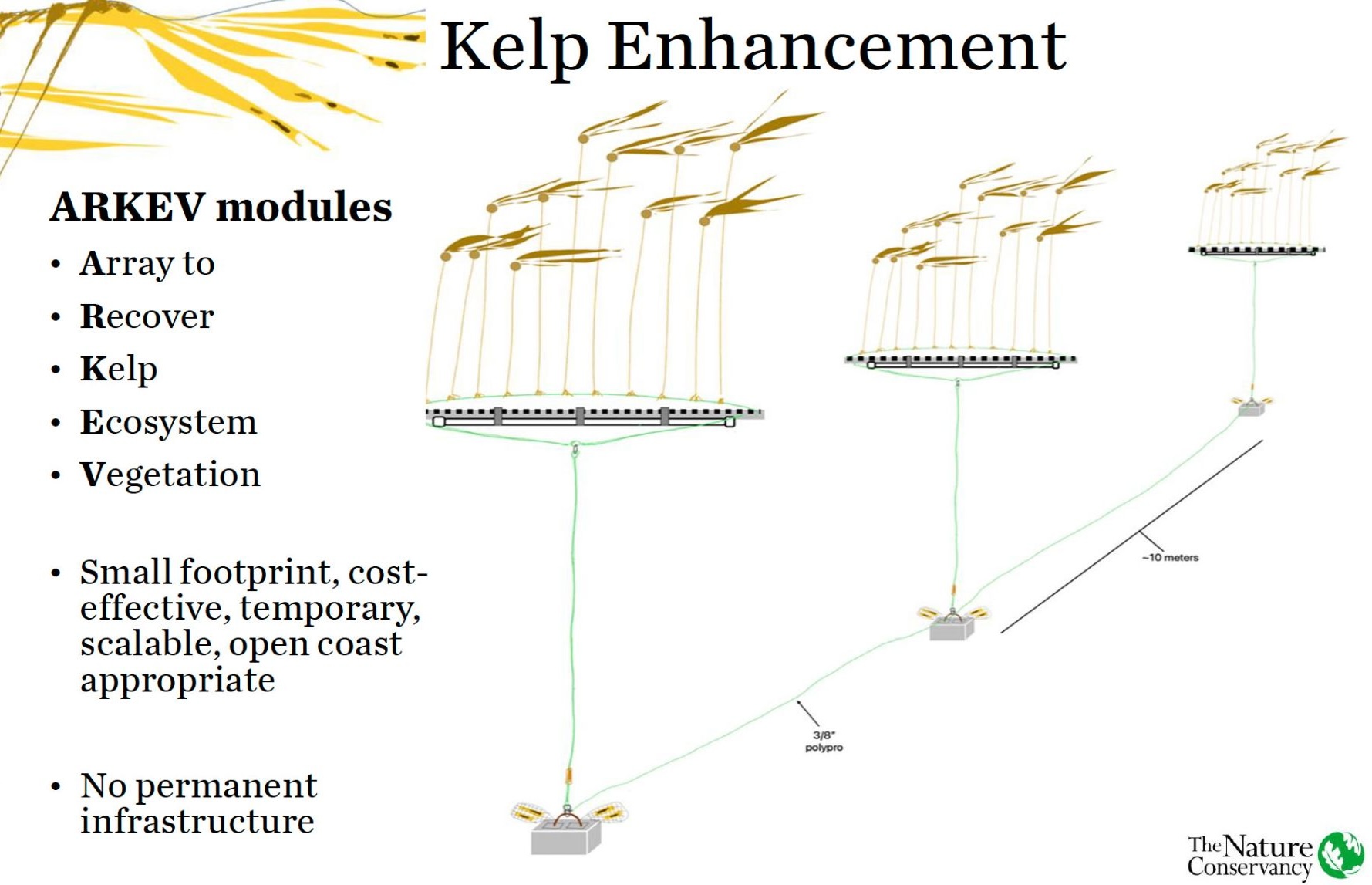
ARKEV is a kelp restoration system currently in use, anchored by cinder blocks and suspended lines that protect the kelp from urchins. We see an opportunity to go further—reimagining the base to expand its ecological impact.
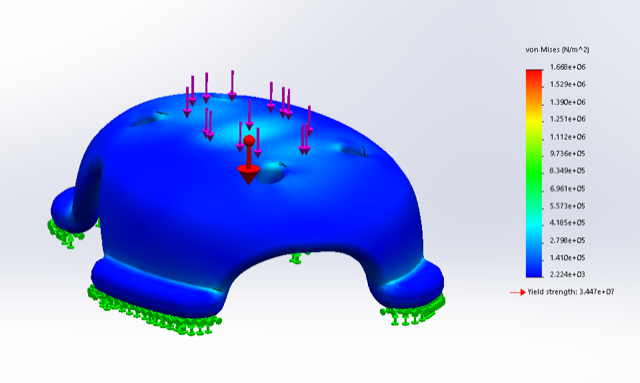
In order to support the long-term goal of restoring the kelp beds, we look to the successes of existing frameworks for aquaculture and marine cultivation. Our approach intends to build upon current practices, and drawing inspiration from new methods that are being tested.
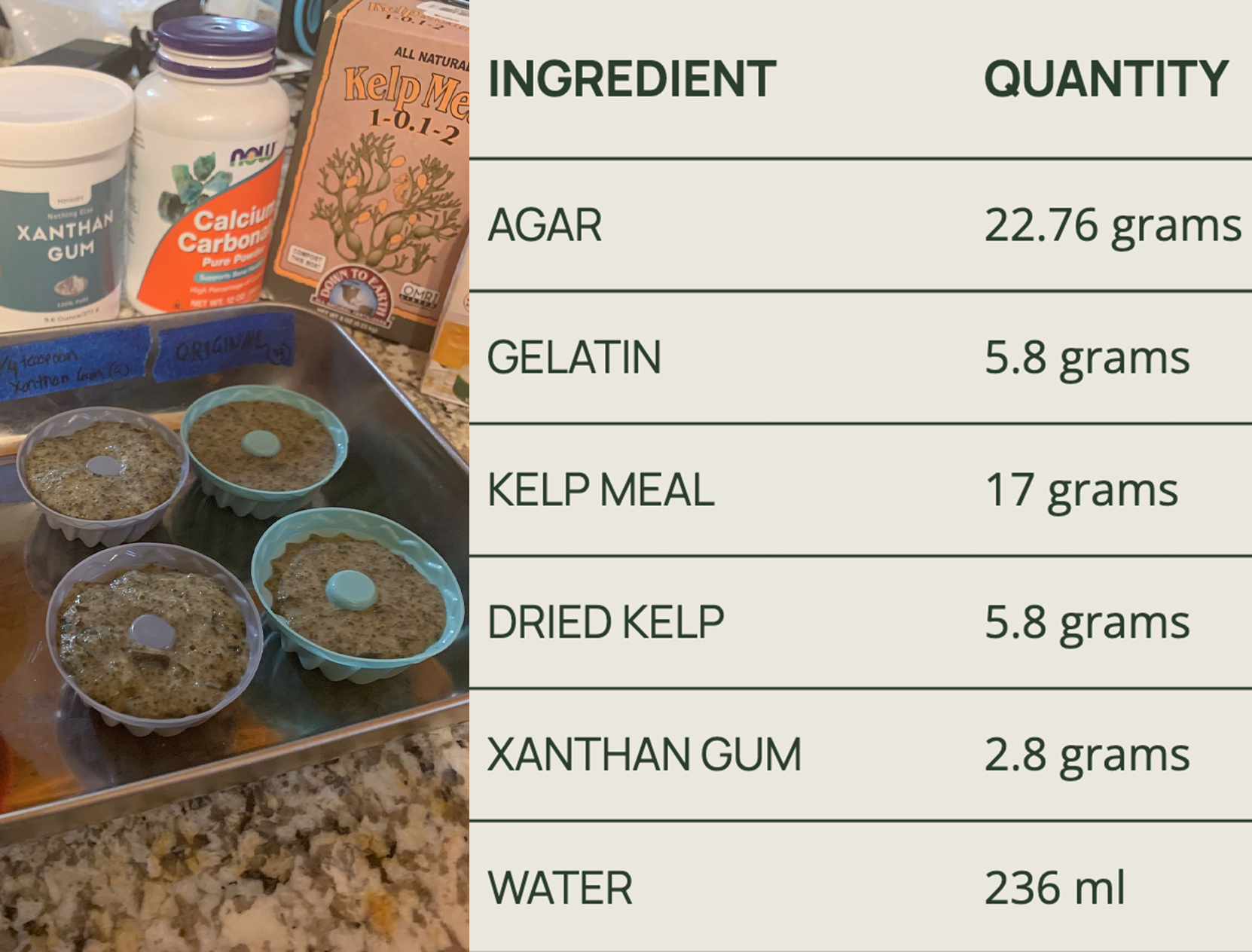
The key objective of our experiments were to see if urchins could sense the bait and were enticed to try it, and how it fared when compared to fresh kelp and seaweed.
Our experiments showed that urchins could successfully enter the trap and push through the door, but their unexpected dexterity led to the failure of our initial design. This testing allowed us to keep the aspects that worked, and rework the aspects that were lacking.
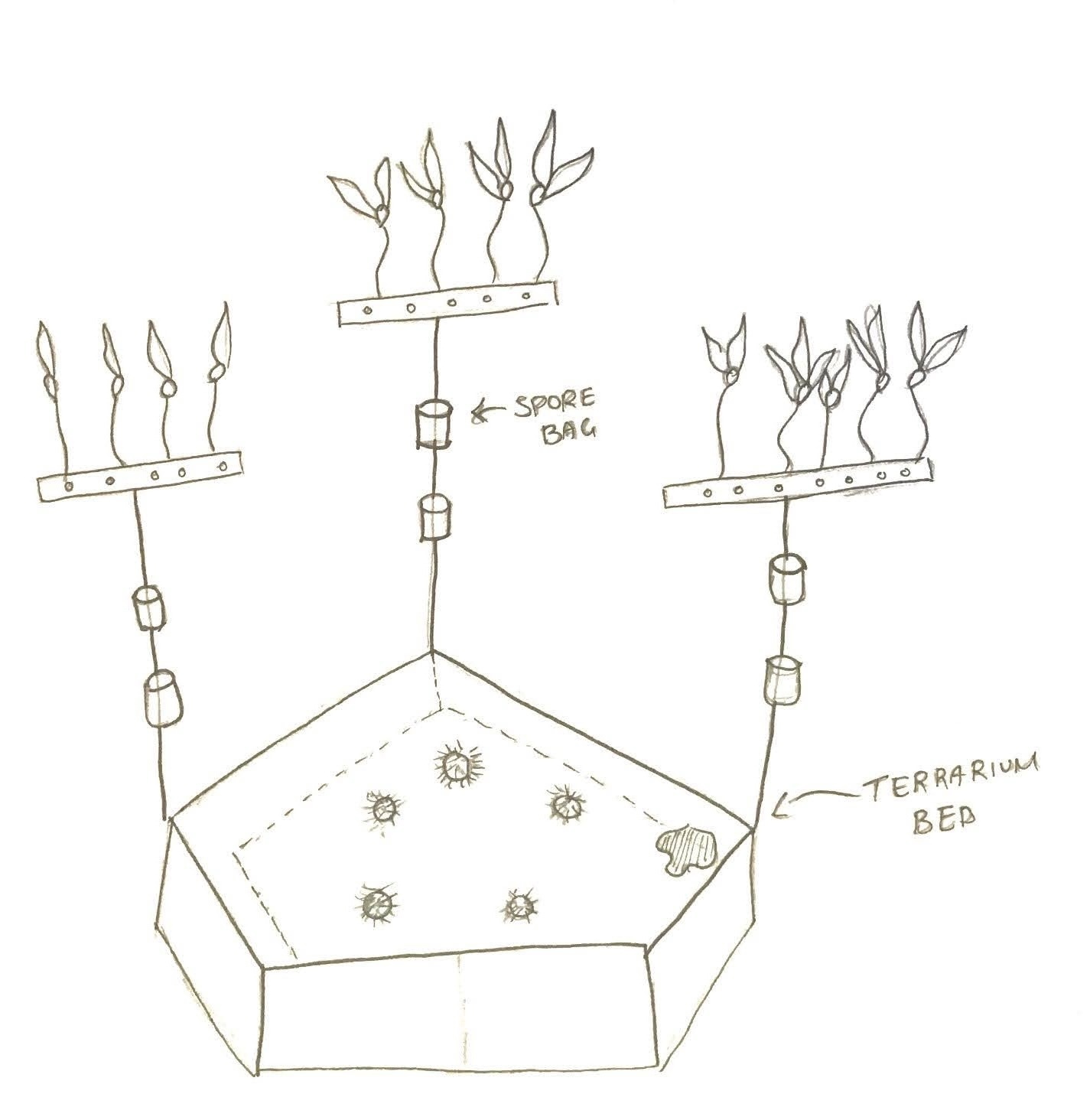
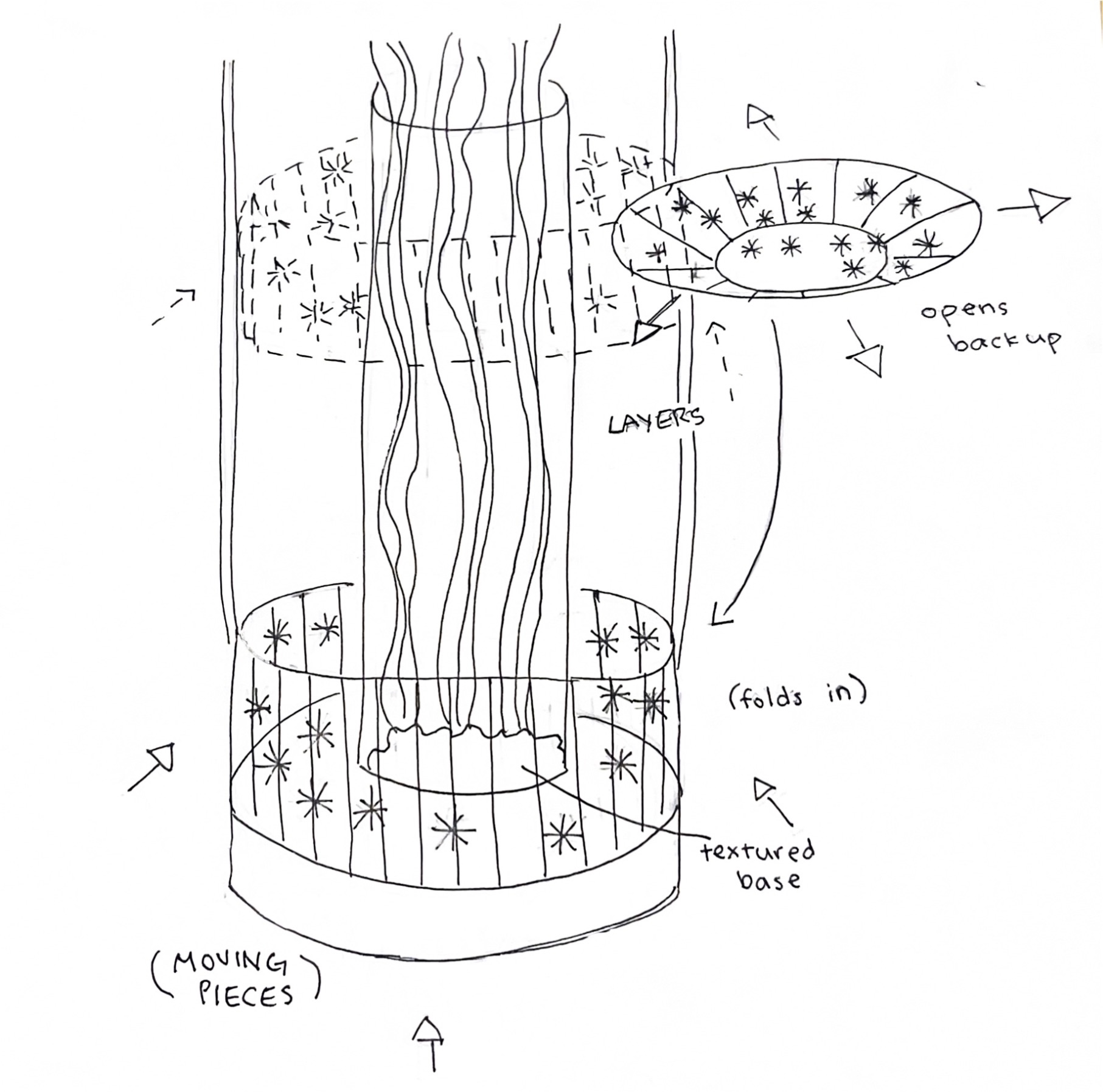
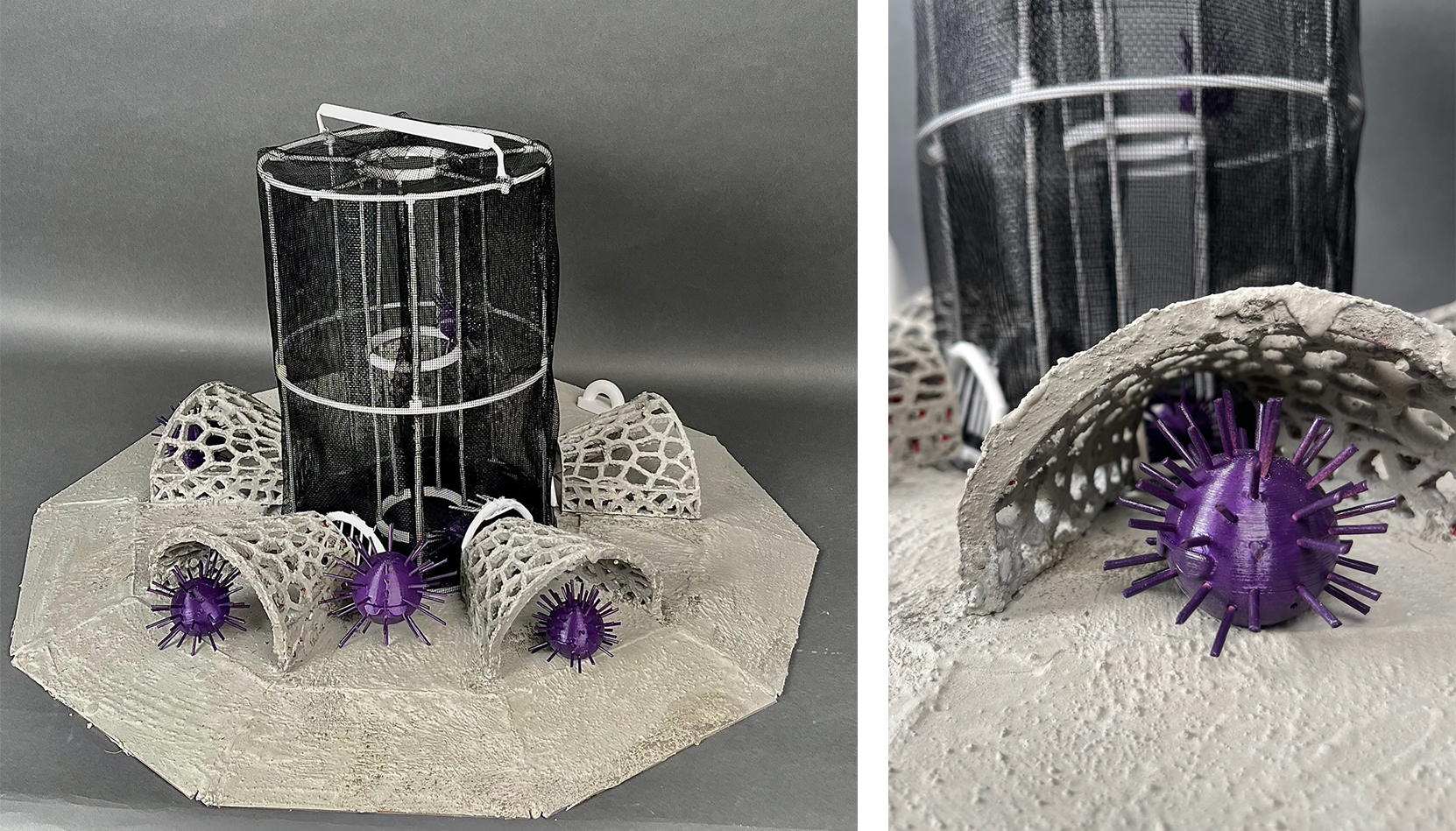
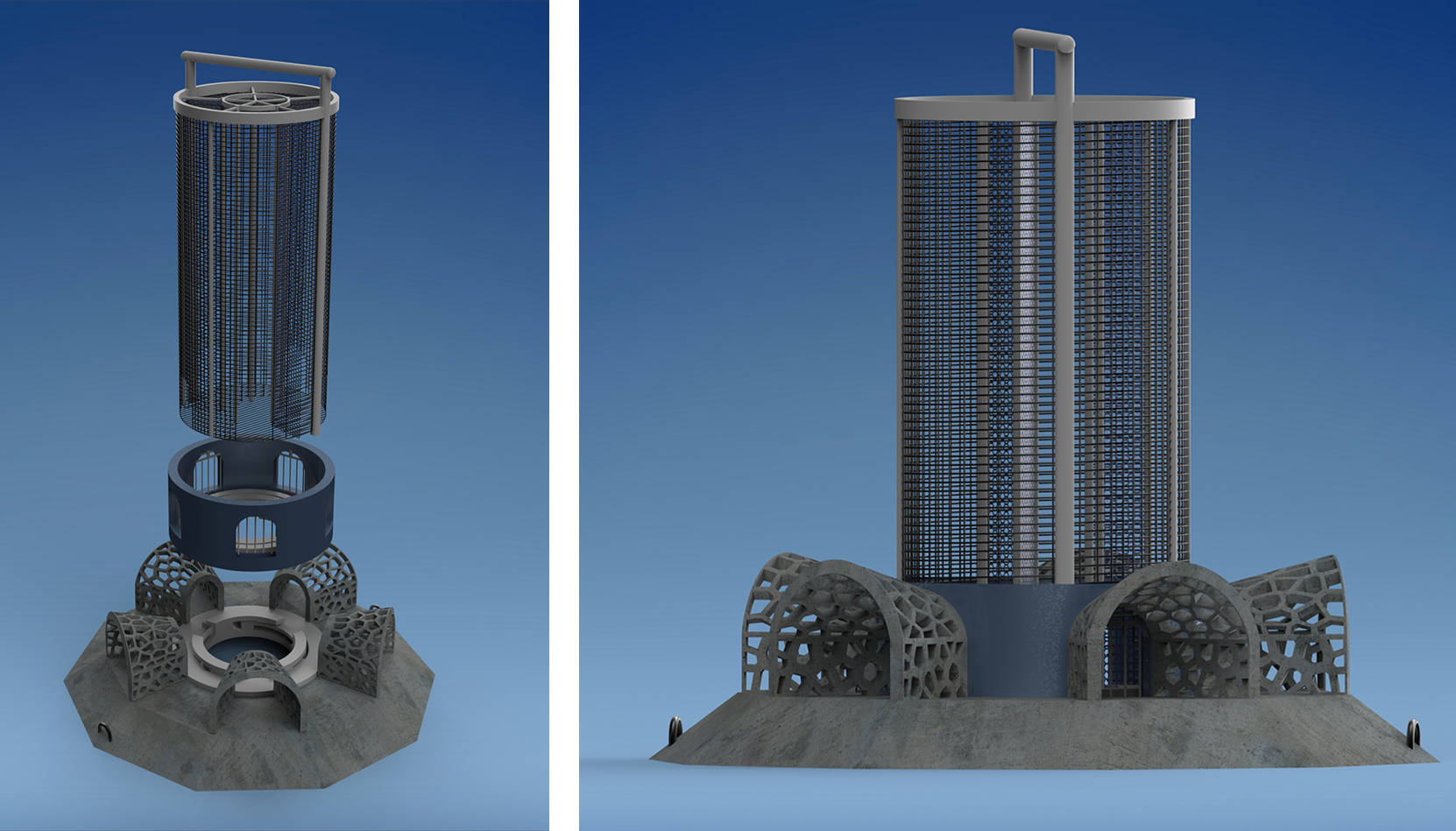
Our design enhances safety and scalibilty in the urchin culling process. allowing divers to spend their time more efficiently in the treacherous water.